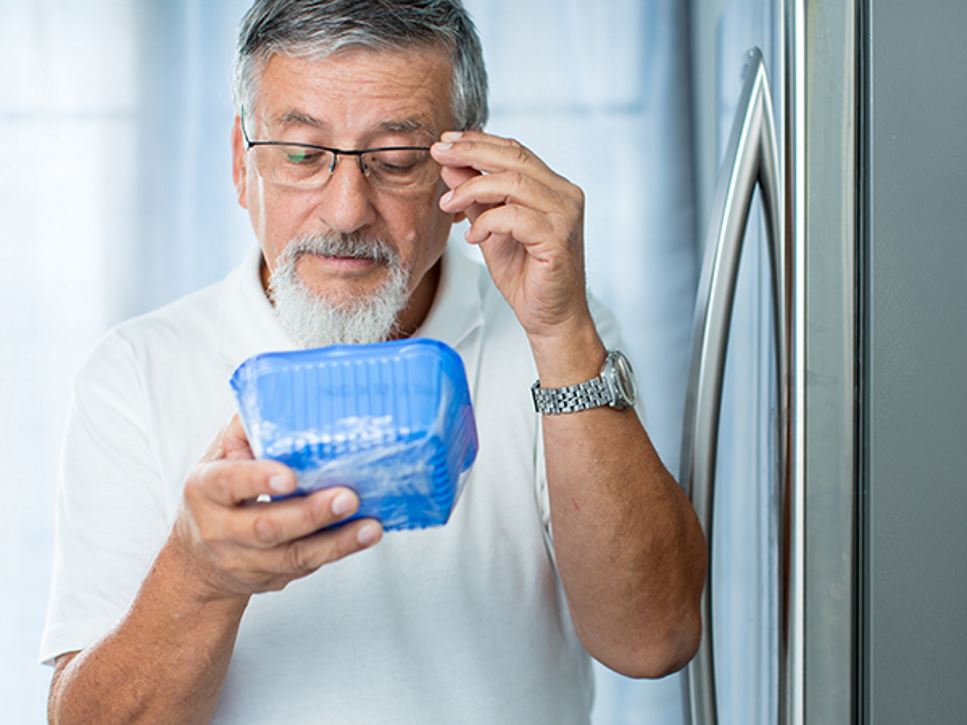Food packaging contains a wealth of information to help you decide which foods to choose to maintain a healthy lifestyle. While we often may focus on nutrition facts and ingredients, there’s another piece of information on food products that has been gaining a lot more attention: product dates.
There are two types of dating that usually are displayed on a food product: "Open Dating" and "Closed Dating."
- "Open Dating" is a calendar date that helps stores determine how long to display a product on its shelves. It also helps the purchaser decide when to buy or use the product by for best quality. In addition to the open date, there must be a phrase such as "sell by" or "use by" to explain the meaning of the date. These are found primarily on perishable foods such as meat and dairy products.
- "Closed Dating" is a series of production numbers used by the manufacturer to indicate when a product was made. They primarily appear on shelf-stable products such as cans and boxes of food.
Except for infant formulas, product dates are not expiration dates and are not required. When a manufacturer chooses to include a date, they indicate when a product should be used for best quality. The terms "sell by," "best by," "best if used by/before” and “freeze-by" may give you a reference for how long a food might last but learning more about the difference between these terms can help reduce the amount of food waste in the home and improve your food safety knowledge.
- Stores use "Sell By" dates to determine when to sell an item by. This is not a safety deadline but may indicate products that have been sitting on the shelf longer.
- Even if a "Best If Used By" date has passed on a food you have at home, it should be safe to consume if stored and handled properly. This is the recommended date for best flavor or quality.
- When a product reaches its "Use By" date, it means it’s no longer at peak quality according to the manufacturer.
- "Freeze-by" dates help to determine when food should be placed in the freezer to maintain maximum quality.
To make the most of the quality and freshness of foods at home, read the Academy’s articles on safe food storage. The USDA also offers a FoodKeeper app for food and beverage storage recommendations.
Food Safety Guidelines
Some foods may be safe to consume past their product date, while others may go bad before they’ve reached it. This is because foodborne germs can contaminate foods that aren't properly stored and handled.
Some foodborne germs may leave noticeable signs of food spoilage such as mold or unusual tastes and odors. These foods should not be eaten. Other types of foodborne germs don’t always leave clear signs, which makes food safety important for reducing your risk of getting sick.
To properly store and handle foods, always wash your hands, prevent cross-contamination by separating raw meat and poultry from ready-to-eat items, cook food to proper temperatures and refrigerate perishable items promptly.
And remember, if you aren't sure how old something is or if it is safe to eat: When in doubt, throw it out!
References
Find a Nutrition Expert
Looking for credible nutrition information and recommendations? The Academy of Nutrition and Dietetics' network of credentialed food and nutrition practitioners are ready to help!

